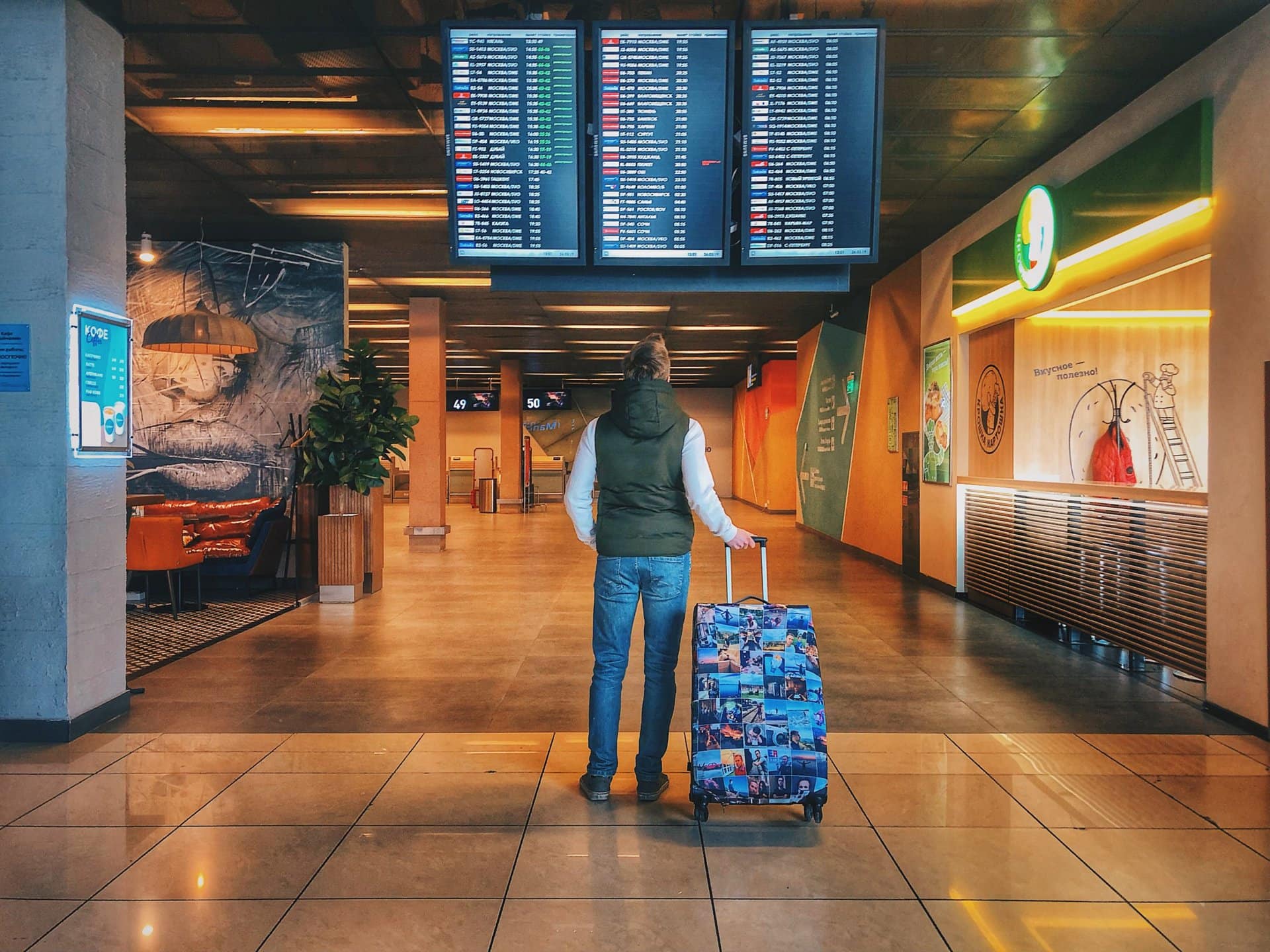Baggage Fee Revenues Rose by Nearly 40 Percent Last Year
Around $29 billion in global airline revenue came from baggage fees

Photo: Courtesy of Danila Hamsterman / Unsplash
Around $29 billion in global airline revenue came from baggage fees
by Fergus Cole
April 21, 2023

Photo: Courtesy of Danila Hamsterman / Unsplash
Airlines across the globe raked in almost $103 billion in ancillary revenue in 2022, with around $29 billion coming from baggage fees.
According to a report from airline consultation firm IdeaWorksCompany and car rental and mobility solutions company CarTrawler, carriers across the world earned an estimated $102.8 billion in revenue from the sale of goods and services including seat selection charges, additional onboard refreshments, and baggage fees.
Of these ancillary fees, baggage fees amounted to $29 billion of airline revenues last year, accounting for around 4.2 percent of global airline revenue overall. This represents a 39 percent increase compared to 2021, when global baggage fee revenue was estimated at around $20.9 billion.
Baggage fees can typically be grouped into three different types of charges: checked baggage, extra fees for heavy or oversized checked baggage, and large carry-on luggage. The report analyzed baggage fees and other additional charges applied by 122 airlines worldwide.
One obvious reason for the 39 percent increase in baggage fee revenue last year is the aviation industry’s rebound from the Covid-19 pandemic. Another factor driving the growth: more airlines across the globe are adapting their baggage policies.
While baggage fees have long been used as a revenue source for low-cost carriers, a growing number of premium airlines are also implementing baggage fees on certain flights and fares. For example, Turkish Airlines introduced its EcoFly fare option on European routes last year, allowing passengers to opt for a lower fare that excludes checked baggage and seat selection. A similar fare—Business Light—was introduced by Finnair as a cheaper alternative to Business Class fares on routes to Europe and Asia.
Baggage fees are now standard practice for airlines across Europe, North America, and Latin America, including American Airlines, United Airlines, Delta Air Lines, Avianca, and British Airways. However, carriers in the Asia-Pacific region, such as Singapore Airlines and Qantas, as well as Middle Eastern carriers like Emirates and Qatar Airways, still include baggage allowances on all fares.
One reason baggage fees haven’t picked up in Asia like they have in other regions could be lower competition from low-cost carriers, with these types of airlines comprising just 23 percent of Asian air traffic in 2021, compared to 38 percent in Europe.
The authors of the report estimate baggage fee revenue will continue to grow in 2023, and that it will surpass the record $32.9 billion the industry achieved in 2019.
| Cookie | Duration | Description |
|---|---|---|
| cookielawinfo-checkbox-analytics | 11 months | This cookie is set by GDPR Cookie Consent plugin. The cookie is used to store the user consent for the cookies in the category "Analytics". |
| cookielawinfo-checkbox-functional | 11 months | The cookie is set by GDPR cookie consent to record the user consent for the cookies in the category "Functional". |
| cookielawinfo-checkbox-necessary | 11 months | This cookie is set by GDPR Cookie Consent plugin. The cookies is used to store the user consent for the cookies in the category "Necessary". |
| cookielawinfo-checkbox-others | 11 months | This cookie is set by GDPR Cookie Consent plugin. The cookie is used to store the user consent for the cookies in the category "Other. |
| cookielawinfo-checkbox-performance | 11 months | This cookie is set by GDPR Cookie Consent plugin. The cookie is used to store the user consent for the cookies in the category "Performance". |
| viewed_cookie_policy | 11 months | The cookie is set by the GDPR Cookie Consent plugin and is used to store whether or not user has consented to the use of cookies. It does not store any personal data. |